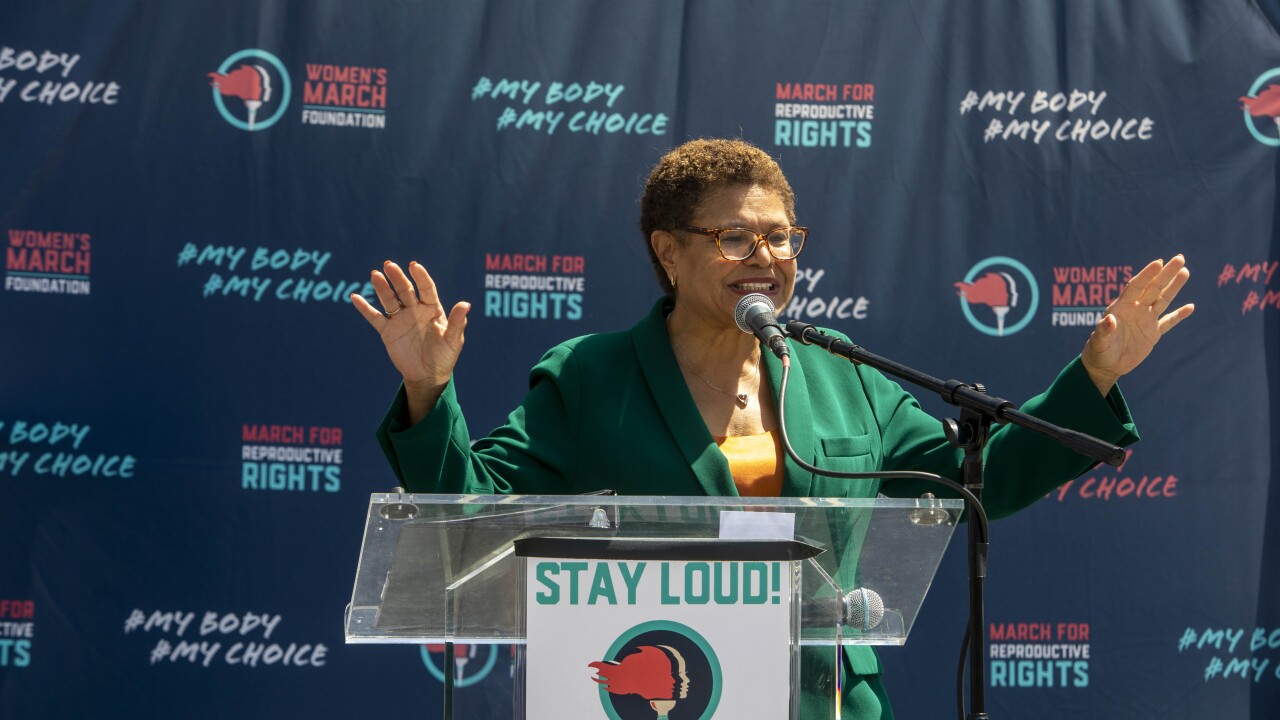St. Louis Comptroller Darlene Green called a new downgrade a “wake-up call” for city leaders to limit their use of city tax dollars and the city's credit to promote special interest projects.
Moody’s Investors Service on Wednesday lowered the city’s general obligation rating one notch to Baa1 from A3 and its lease debt for essential purposes to Baa2 from Baa1 and for less essential purposes to Baa3 from Baa2. The outlook is stable.

The city had carried a negative outlook previously and Moody’s had downgraded the city in 2015, 2016 and 2017.
The downgrade stems from “the city's weakened reserve position which will remain challenged over the near term despite recent revenue enhancements and policy changes that seek to rebuild narrow reserves,” Moody’s said.
“The competition for city resources will remain outsized over the medium term given the city's significant reliance on economically sensitive revenue streams and as resources are redirected to support less essential purposes,” Moody’s added.
Green, an elected officiAL who manages city borrowing, focused on Moody’s commentary about spending on non-essential purposes.
The city most recently committed funds to support the renovation of the city-owned Scottrade Center, the venue of the St. Louis Blues hockey team.
Green opposed the financing over concerns that it would damage the city’s credit ratings and pursued an alternative financing structure, but the city stuck with the original plan for an appropriation-backed revenue bond sale and when Green refused to sign off, the team sued.
“Moody’s warned us in March 2017 that we cannot continue increasing the city’s general fund debt for nonessentials,” Green said in a statement. “This Moody's downgrade should serve as a wake-up call to all city leaders. We cannot continue to prioritize incentive packages to special interests that rely on the city’s credit and general fund.”
The rating also considers the city's highly leveraged tax base alongside fixed costs that consume more than 20% of operating revenues.
The stable outlook reflects Moody’s expectation that recent revenue enhancements and a policy change dedicating 1.5% of annual payroll expenditures to rebuilding fund balance will stabilize financial operations and slowly rebuild reserves over the near term.
The city, which is hosting the annual Government Finance Officers Association meeting in the coming days, the state's second-most populous with 316,000 residents and accounts for 8% of jobs and 12% of total wages in Aaa-rated Missouri.
Green considered an appeal to the Blues ruling but earlier this year the litigation was settled, paving the way for about $65 million in borrowing to help finance arena renovations.
The Land Clearance for Redevelopment Authority of the City of St. Louis went on to sell $54 million of annual appropriation revenue bonds and $11 million of taxable special district sales tax revenue bonds. The bonds were special obligations of the city, secured by legally available funds and community improvement district sales taxes, subject to annual appropriation.
S&P Global Ratings most recently affirmed the city’s A-plus GO rating and A rating on lease debt in its report assigning an A rating to the Scottrade Center borrowing earlier this year. S&P said it considered the Scottrade Center “is significantly important to St. Louis.” Fitch Ratings last year affirmed the city’s issuer default rating of A-minus. It rates lease debt BBB-plus.
The city expects to repay the bonds with a 5% tax on ticket sales and $800,000 in revenue that will be freed in 2021 when bonds are retired for Kiel Opera House renovations. The plan also relies on general city revenue.
The city is seeking voter approval for $50 million in general obligation borrowing this summer.





